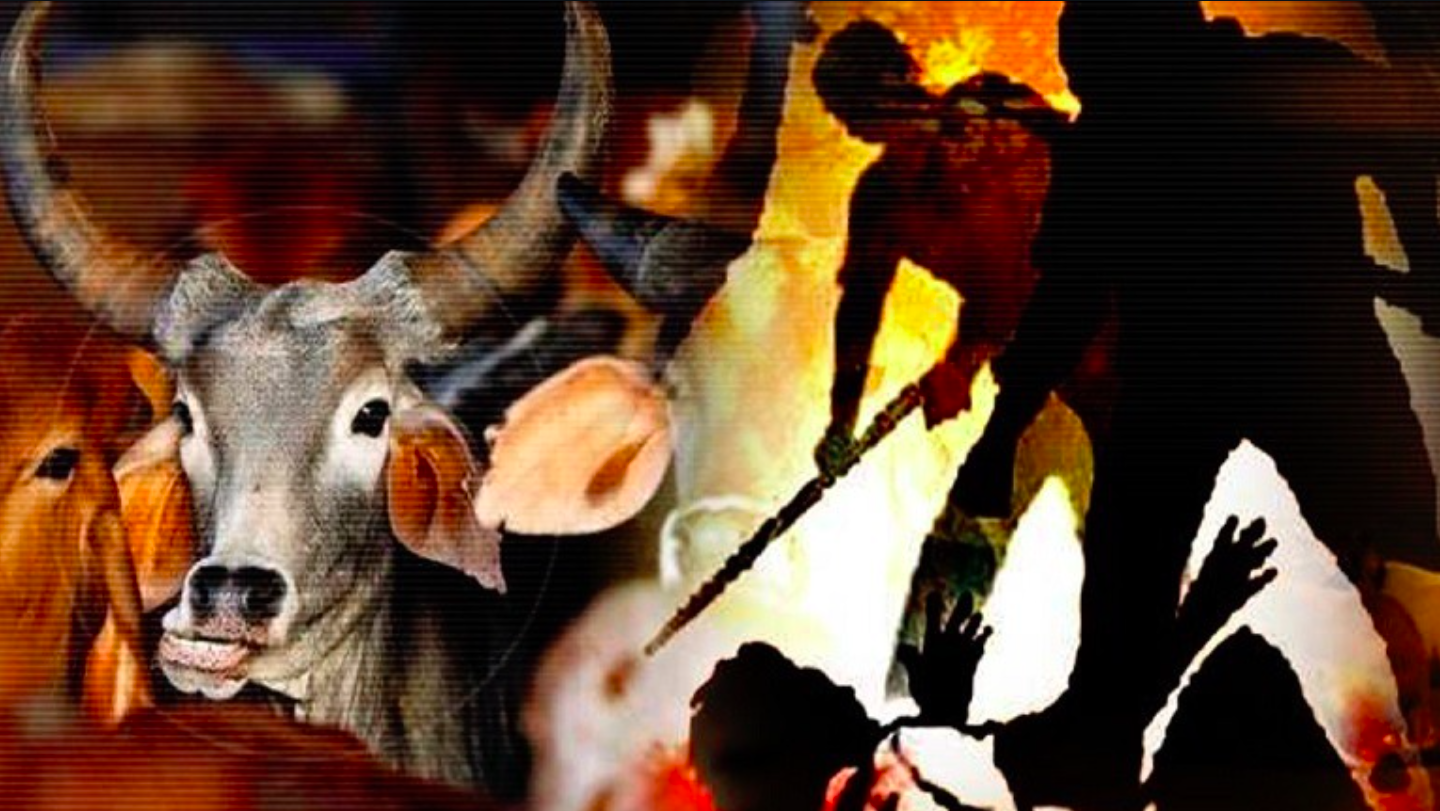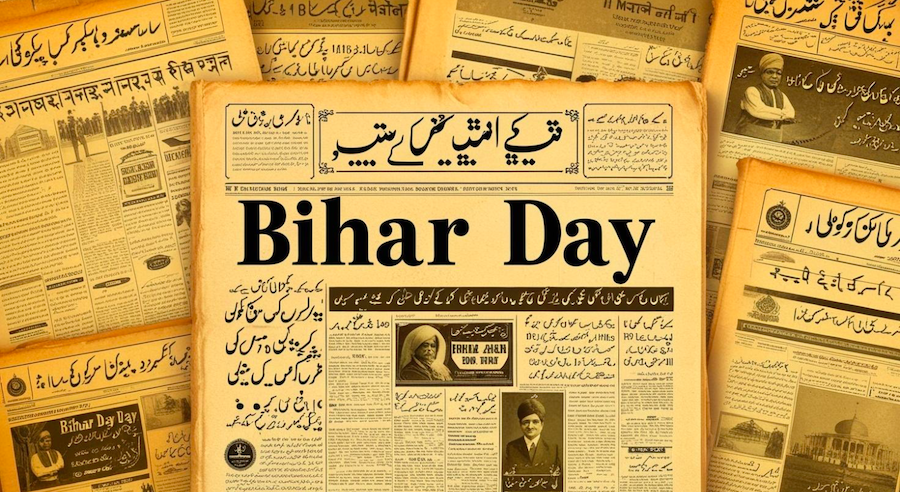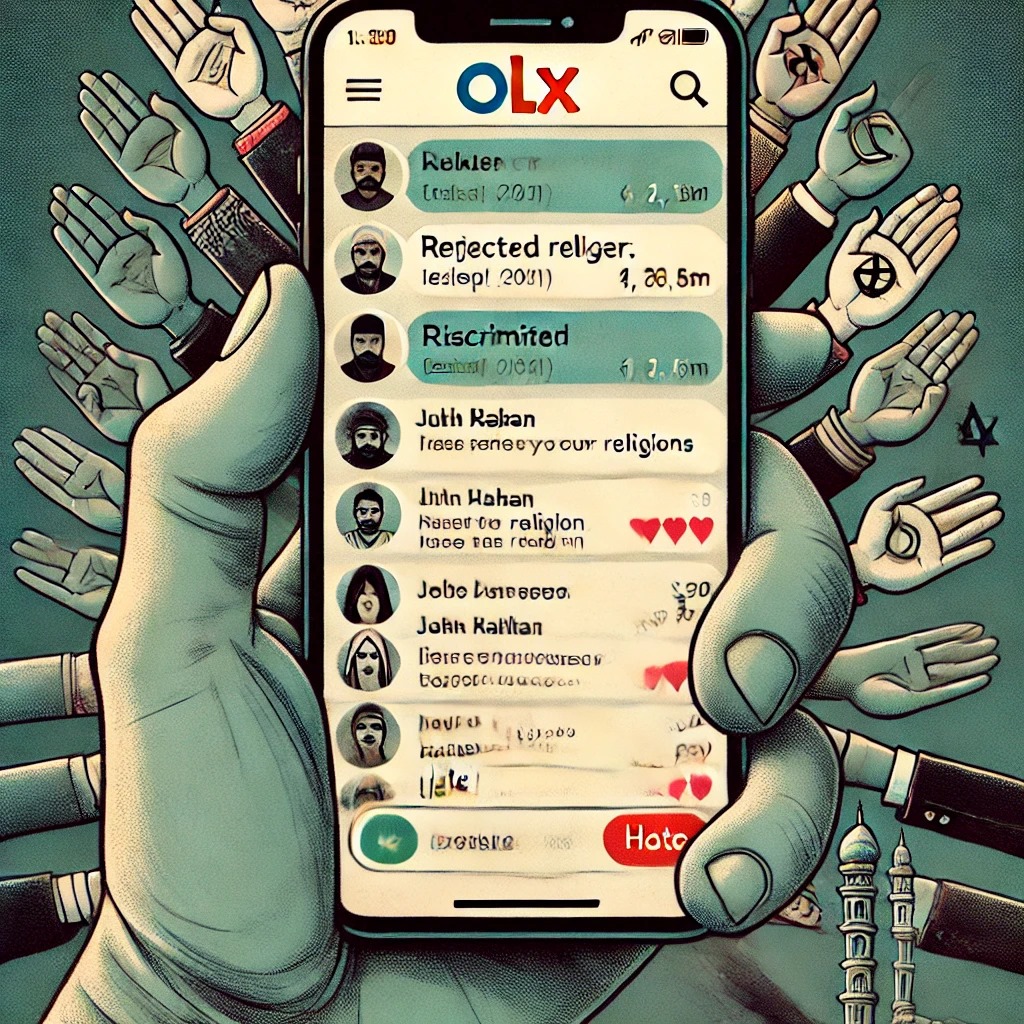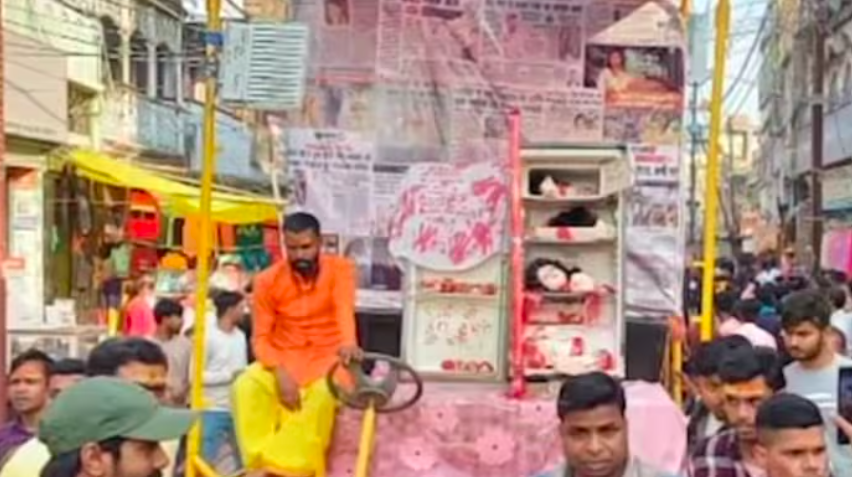Simeen Kaleem for BeyondHeadlines
As Guha rightly says, “the Indian environmental debate is an argument in the cities about what is happening in the countryside”.
‘We’ are citizens of an independent nation, which is world’s largest democracy. Who is this ‘we’ and who represents this ‘we’? Does it include everyone in this country? Or is it the majority alone that rules this country.
Does all Indian communities resonate to ‘this’ form of independence? Or is it that, ‘we’ have tried to project it on others.
Adivasis community is one such community that has lost ‘its’ independence, with ‘our’ independence. Tilka Manji started their first war of independence in 1789, fight for their land, their forest and their rights. They were the first freedom fighters of the country and have been on the longest fight, which still continues.
Spontaneous uprisings against the state started before the British period, and each such conflagration was an assertion of the cultural and political identity of tribals, as well as a claim on natural resources.
A Planning Commission report links movements since independence and the recent militancy squarely with the underdevelopment of Scheduled Tribes (Government of India 2008). There is growing realization among policymakers that increasing militancy in tribal areas is not merely a “law and order” problem instead the causes lie in the marginalization of the adivasis—spatial, economic and political—which these groups have experienced over years. This cultural difference has come up as a means of cultural oppression for adivasis.
All the tribal and government data reflects the dichotomy in the statement of the state and its action – the failed promises, the biased power sharing between adivasi and the state, the fight of adivasis against the state and various acts and policies made for adivasis to clear their piece of land so that ‘we’ can have it for the development of our country.
The idea of separating the two, the adivasis and us is a passed on trend.
Between the black and white narrative of development and resistance lies a more complex lifestyle behind the heroic depiction of adivasis. They are not only fighting for their voices to be heard but in this process they are always trapped in representation of others. All the major sangathna of the tribals have been represented by individual not from the community. Be it the keshtkari sangthna or the shramjeevi sangathna or any other. So a question arises – whether this is what they want to say.
A comparison between the privileged majority community and the marginalised tribal community may make things clear and show the extent of difficulties faced by them. Is this development justified which we seek on behalf of their land and lives.
The policies have not changed the livelihood pattern of the forest community but certainly taken away their livelihood from them.
India has a mixed economy, capitalistic-democratic economy. But it seems the economy has become more capitalistic than democratic. Does various acts and policies in the name of development have lead adivasis towards an independent state or a more capitalistic-corporate form of ruling? For instance, the forest right act has created The Division of Forest and forest people.
While India is widely considered a success story in terms of growth and poverty reduction, adivasis in 2004–05 were 20 years behind the average (World Bank).
There is a need for equal distribution of power, to deepen the roots of democracy. The long sustained biased relationship between state and adivasis in the form of fights, bribe, policies and much more have lead to the alienation of adivasi from the forest and the denial to their right. It’s ‘we’, the people, the state, who are to be blamed for the present condition of adivasis.
Addressing the development needs of tribal groups will be central to attaining India’s goal of shared growth. More discussion of tribal aspirations and problems from their point of view is needed, rather than an examination of such issues through the lens of policy makers, the bureaucracy, or the civil society.









